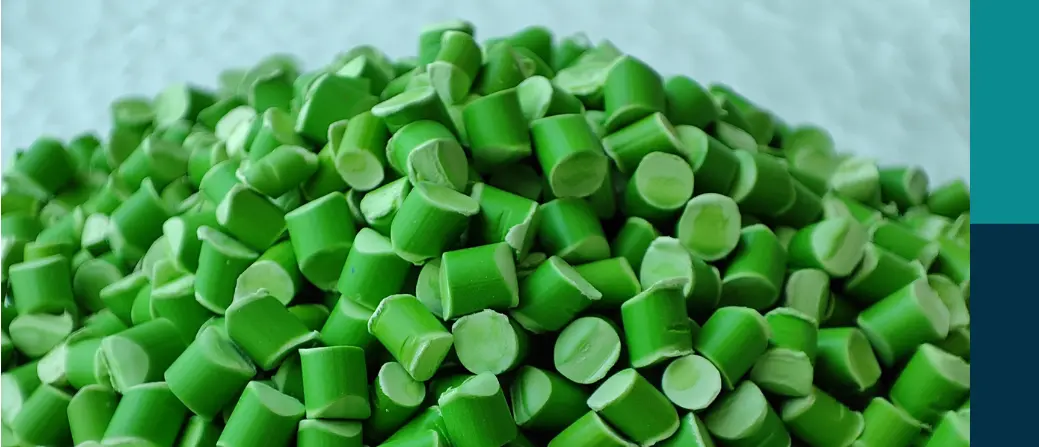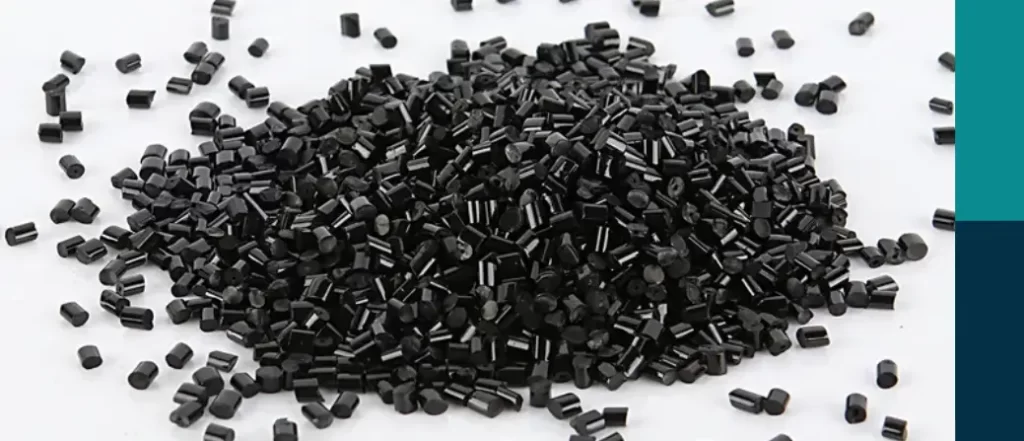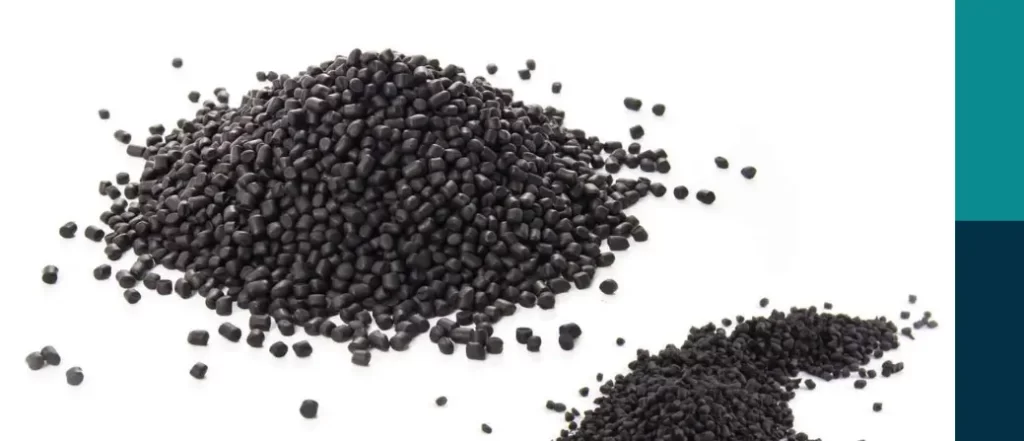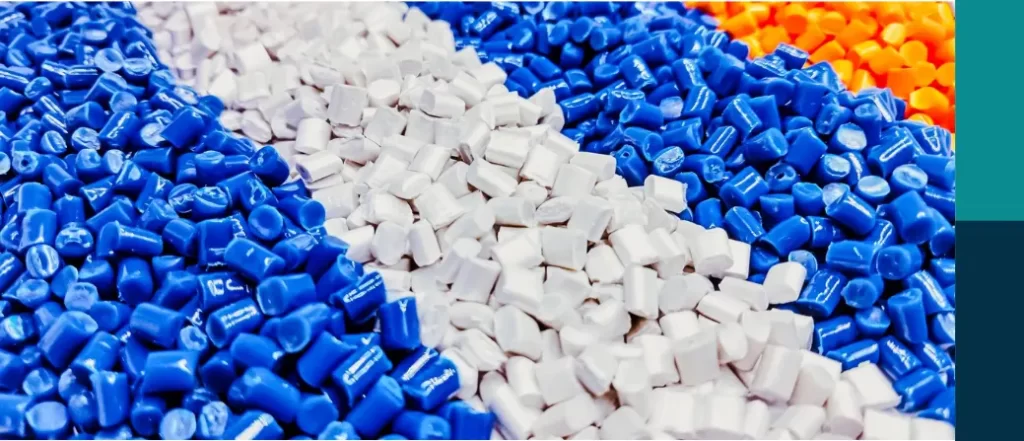color masterbatch
In recent years, the global demand for environmentally friendly materials has skyrocketed.
Among the innovative solutions emerging in the plastics sector is green masterbatch.
This article explores what green masterbatch is, its benefits, applications, and its role in promoting sustainability within the industry.
What is Green Masterbatch?
Green masterbatch one of color masterbatch is a concentrated mixture of pigments and additives used to color plastics.
It is created with sustainable practices in mind, often incorporating bio-based materials or recycled components.
The term “green” signifies its environmentally friendly attributes, making it an attractive option for manufacturers looking to reduce their ecological footprint.
The Composition of Green Masterbatch
Typically, masterbatch consists of three main components:
- Carrier Resin: This is the polymer that binds the pigment and additives, ensuring they are evenly dispersed throughout the final product. In green masterbatch, the carrier resin may be derived from renewable resources or recycled plastics.
- Colorants and Additives: Green masterbatch often utilizes natural pigments or eco-friendly colorants that provide vibrant colours without harmful chemicals. Additives can include stabilizers, processing aids, and UV absorbers, all designed to enhance performance while maintaining sustainability.
- Recycled Content: Many green masterbatches incorporate post-consumer or post-industrial recycled materials, promoting a circular economy within the plastics industry.
Benefits of Green Masterbatch
Green masterbatch offers significant benefits, primarily its reduced environmental impact.
By utilizing renewable resources and recycled materials, manufacturers can lower their reliance on fossil fuels and reduce carbon emissions, aligning with global sustainability goals.
Its versatility is another key advantage, making it suitable for various applications, including eco-friendly packaging for films, containers, and bags; automotive components like dashboards and interior trims; and consumer goods such as toys and electronics.
This adaptability meets the rising demand for sustainable products across industries
Compliance with Regulations
With growing scrutiny on plastic production and use, many governments have implemented stricter regulations on materials used in manufacturing. Green masterbatch often meets these regulations, helping companies avoid potential legal issues while promoting environmentally responsible practices.
The Role of Green Masterbatch in Sustainability
Green masterbatch one of color masterbatch plays a crucial role in the transition toward sustainable plastics.
As consumers become more environmentally conscious, brands are under pressure to adopt sustainable practices. Using green masterbatch not only meets consumer demands but also positions companies as leaders in the sustainability movement.
- Supporting the Circular Economy
The incorporation of recycled materials in green masterbatch supports the circular economy, where products are designed for reuse, recycling, and reducing waste. This approach not only conserves resources but also minimizes landfill contributions.
- Reducing Toxicity
Traditional plastic production often involves harmful chemicals that can pose risks to human health and the environment.
Green masterbatch, by utilizing non-toxic materials, helps mitigate these risks, promoting safer products for consumers.
- Innovation and Research
The development of green masterbatch is a result of ongoing research and innovation in the field of materials science.
Companies are investing in developing new formulations and processes that enhance the properties of green masterbatch, making it a viable alternative to conventional materials.
As the world moves toward a more sustainable future, green masterbatch stands out as a viable solution in the plastics industry.
By incorporating renewable resources, recycled materials, and non-toxic additives, it addresses the pressing need for eco-friendly alternatives. The versatility and benefits of green masterbatch not only enhance product offerings but also support manufacturers in their journey towards sustainability.
Incorporating green masterbatch into production processes is a step towards a more responsible and sustainable industry.
Companies that embrace this innovation are not only meeting regulatory demands and consumer expectations but also contributing to a healthier planet for future generations.
As awareness of environmental issues continues to grow, the adoption of green masterbatch is likely to increase, making it a crucial player in the evolving landscape of sustainable materials.




